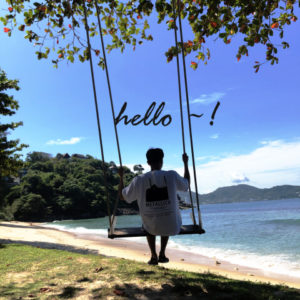
About Me Hello, I am an ordinary office worker working for Seoul IT Company. I started because I wanted to record the steps I have taken while enjoying traveling during
In Seoul, South Korea, a tapestry of palaces spanning over a millennium stands as a testament to the city’s rich history. Within their walls, the seamless integration of antiquity and modernity paints a captivating picture of cultural harmony.
However, our focus today shifts to a newfound treasure—a secret sanctuary recently unveiled to the public: the enchanting secret garden.
Covering an expansive area of 103,000 square meters, Changdeokgung Palace boasts a rich history dating back to the Joseon Dynasty. Nestled within its grounds lies a hidden treasure: the Joseon-era garden, a cherished retreat utilized for leisure and royal festivities. Designated as a historic site in 1963, Changdeokgung Palace and its garden, known as Huwon, gained global recognition in 1997 when they were inscribed as a UNESCO World Heritage Site.
In 1406, the palace saw the construction of Haeonjeong (解溫亭) on its northeast side, accompanied by the creation of a ceremonial platform. Two years later, Insojeon (仁昭殿) was erected on the palace’s north side, subsequently renamed Wenxoden and dedicated to the spirits of Taejo and the Empress Dowager. This hall stands as a testament to the enduring legacy of Changdeokgung Palace, offering visitors a glimpse into its storied past as we prepare to explore its secret garden.
/> Ticket link : https://ticket.uforus.co.kr/web/main?shopEncode=&lang=en
📢 Price : 5,000 Won (for adult) / 2,500 Won (for child)
/> Admission to Changdeokgung Palace: https://ticket.uforus.co.kr/web/main?shopEncode=&lang=en
📢 Price : 3,000 Won (for adult)
You have two options for the secret garden tour. You can join a guided tour where an English-speaking guide will provide you with the full story of the garden.
Alternatively, if you prefer to explore at your own pace and enjoy the landscape, you can opt to skip the tour guide
If you have some time before or after your visit to Changdeokgung Palace garden, I highly recommend exploring the entire palace grounds. As the second largest of Seoul’s five palaces, after Gyeongbokgung, Changdeokgung offers a wealth of historical and architectural wonders to discover.
On sunny days, like the these captured in the photos below, the graceful and tranquil rooftops of Korean palaces stand out for their serene and soothing architectural beauty.
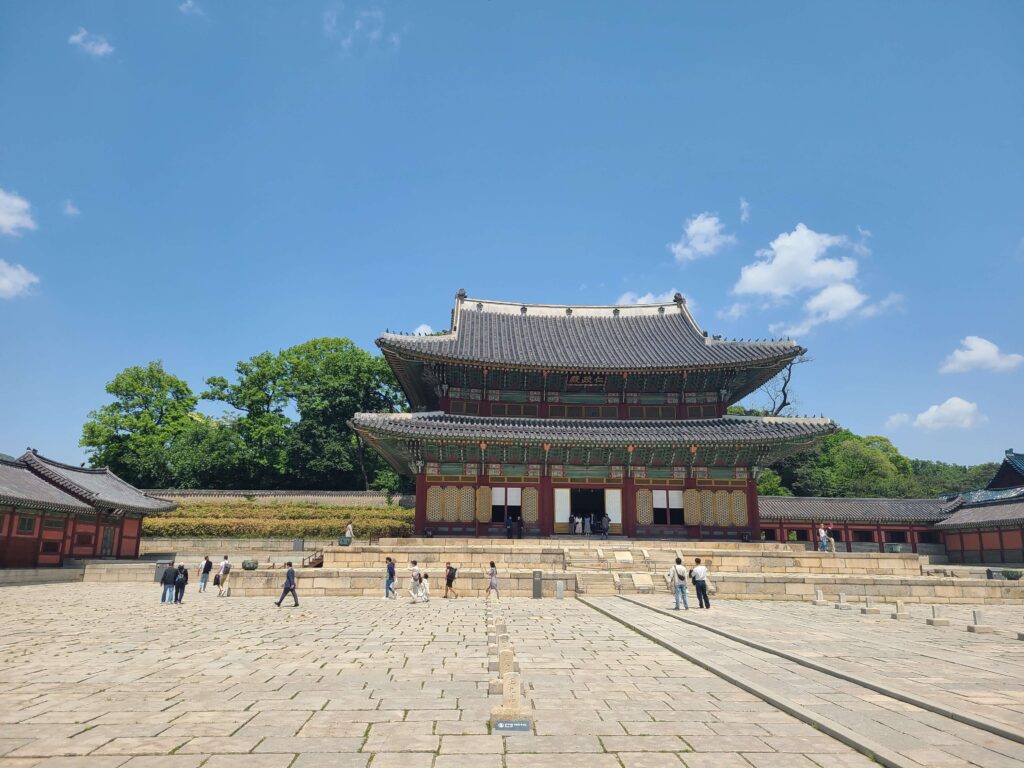
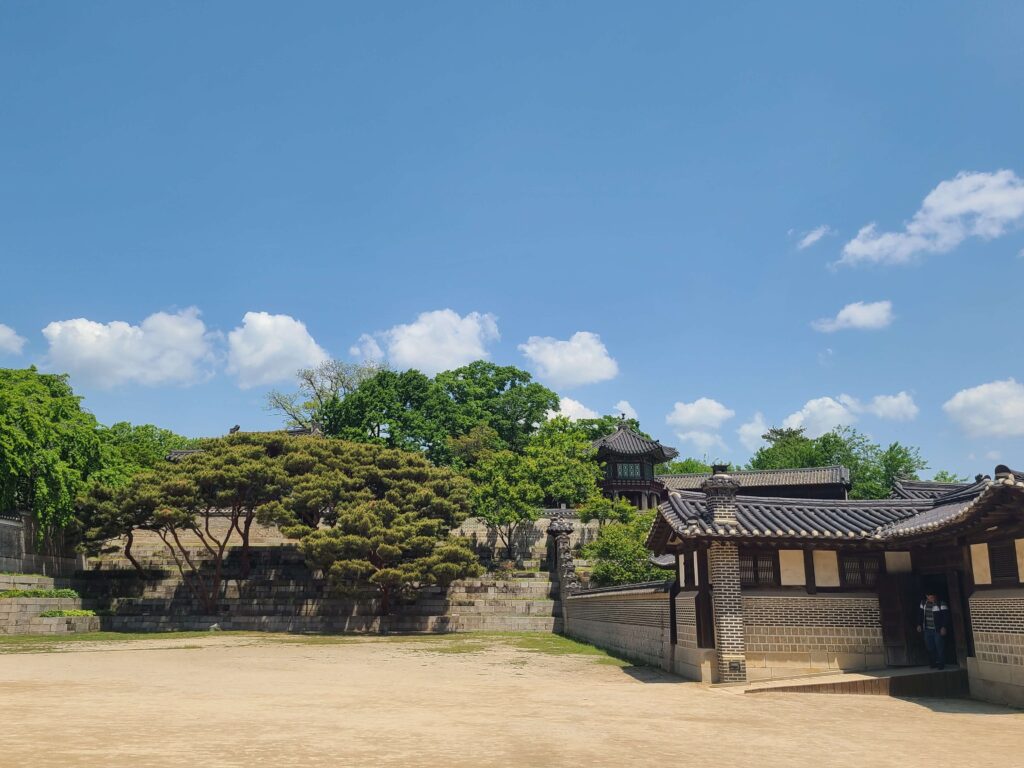
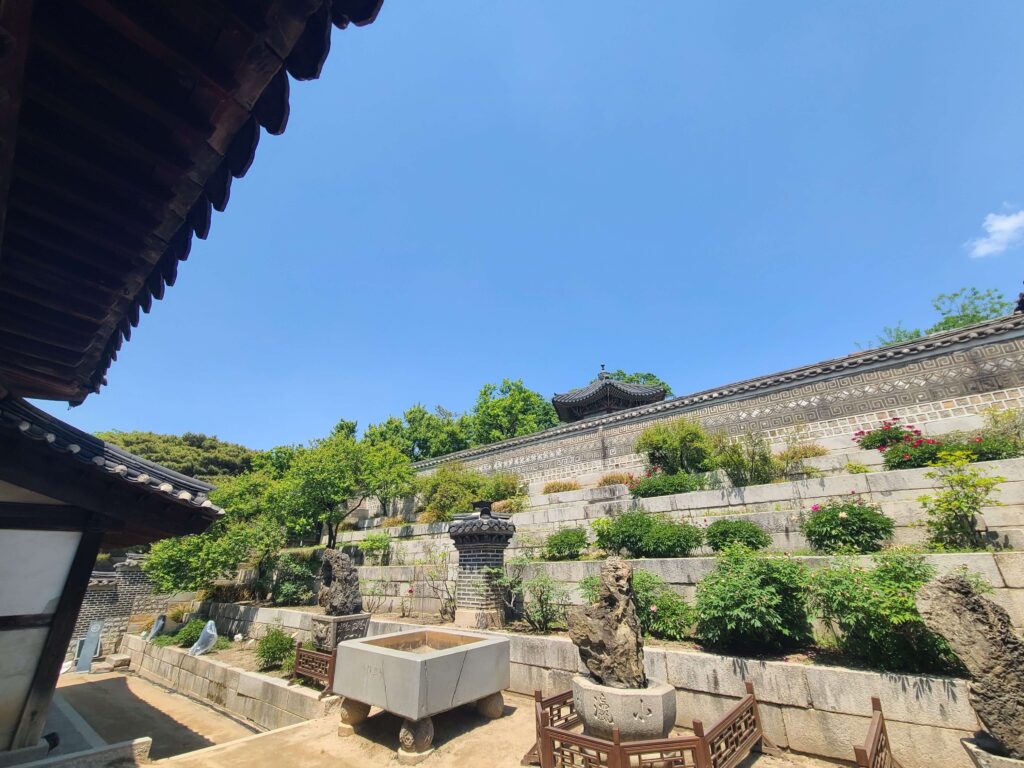
As your time draws near, head to the designated entrance for ticket holders, where you’ll present your ticket before entering. Once inside, follow the path adorned with verdant greenery. Your journey begins with the bouyongji, a sizable square pond.
The name “bouyong” originates from “lotus flower,” symbolizing purity and enlightenment in the Eastern tradition. The pond’s square shape and the circular islands within it reflect profound Eastern philosophies. Fed by subterranean springs, during rainfall, water from the western valley flows through a dragon-shaped inlet and exits through an eastern sluice. Notably, one of the elongated stones encircling the pond bears a finely carved fish motif.
At Buyongjeong, the king honored his loyal subjects by granting them prominent roles. In the 19th year of King Jeongjo’s reign, he journeyed to Hwaseong, Suwon, where he shared the joy of fishing with his subjects at this very pavilion.
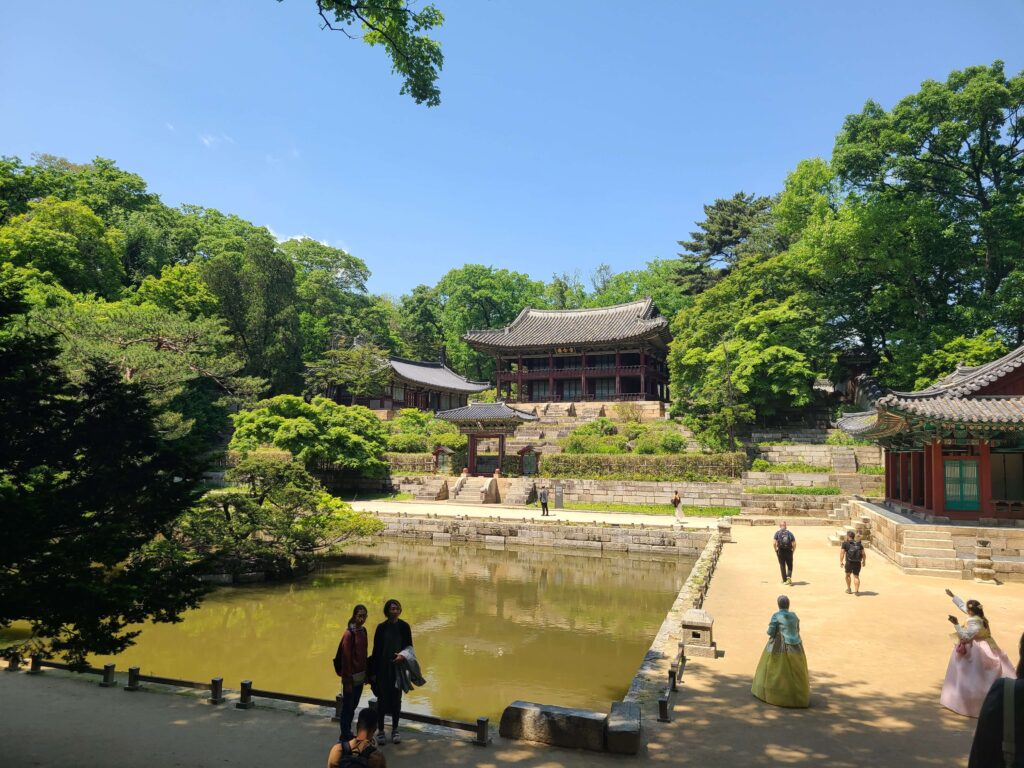
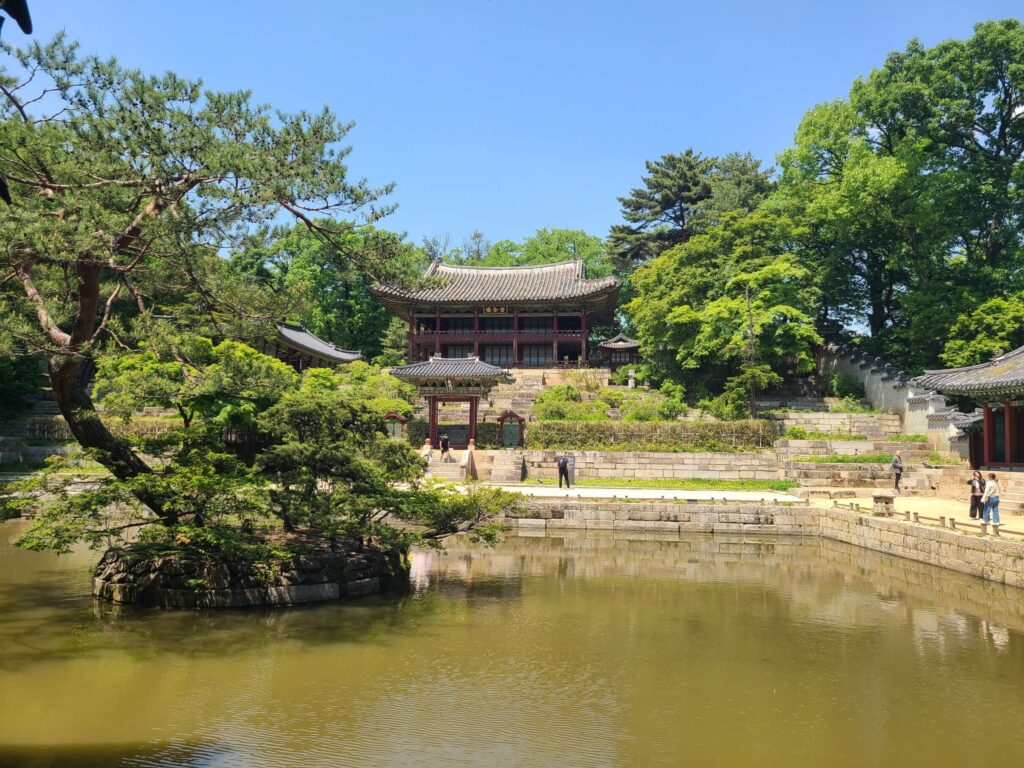
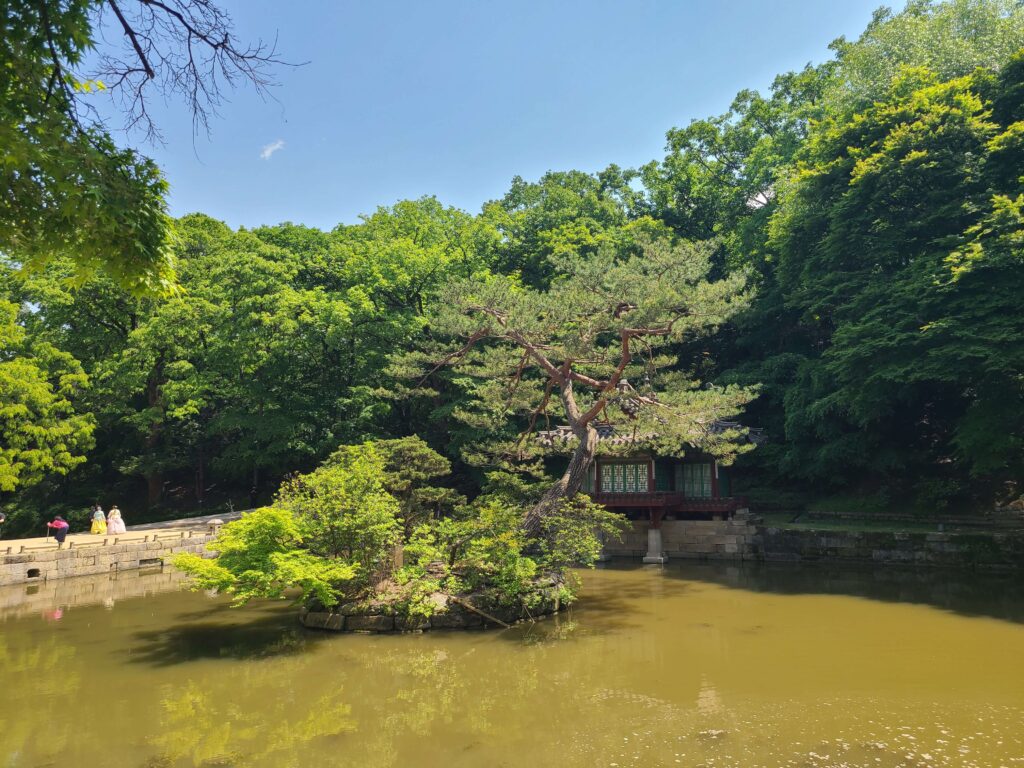
Second place is Aeryeonji, Constructed in 1692 during the 18th year of King Sukjong’s reign, the pavilion holds a special significance as it was commissioned by Sukjong himself, who harbored a deep affection for lotus flowers.
Hence, the pavilion was aptly named “Aeryeonji” in honor of these beloved blooms. Historical records indicate that initially, an island adorned the center of the pond with a pavilion atop it.
However, the island has since vanished, and the pavilion now extends along the northern edge of the pond. The exact timeline of this alteration remains shrouded in mystery.
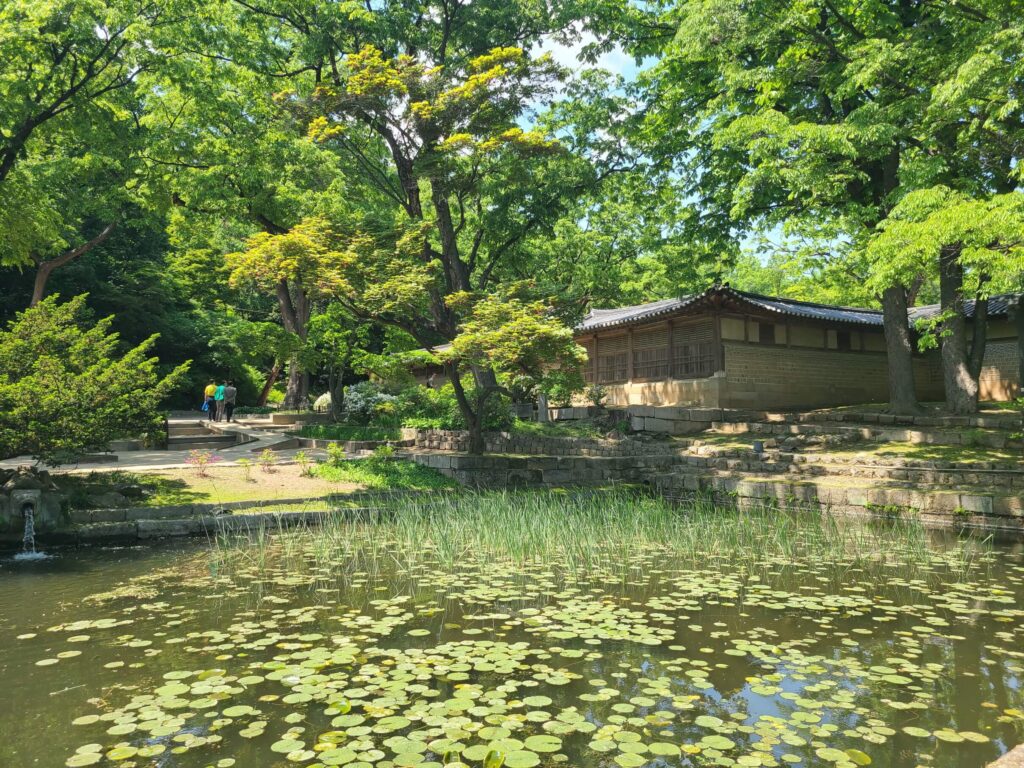
Nestled amidst picturesque mountains, verdant forests, and a tranquil pond with a charming gazebo, Yeongeong House stands as an architectural marvel, boasting intricate textures and unparalleled craftsmanship.
The impetus behind its creation was to provide a venue for hosting celebratory rituals dedicated to Sun Jo, hence its name “Yeongeong,” meaning to hold auspicious events.
In adherence to Confucian principles dictating the segregation of spaces for men and women, a wall and gate traditionally demarcate the love house from the main dwelling. However, at Yeonjingdang, a unique configuration prevails: while a four-sided wall separates the front yard of the love house and the main residence, the buildings are interconnected, allowing passage between them from within the main house.
As a testament to its antiquity, the vicinity is adorned with trees estimated to be between 100 to 300 years old, adding to the timeless allure of this remarkable abode.
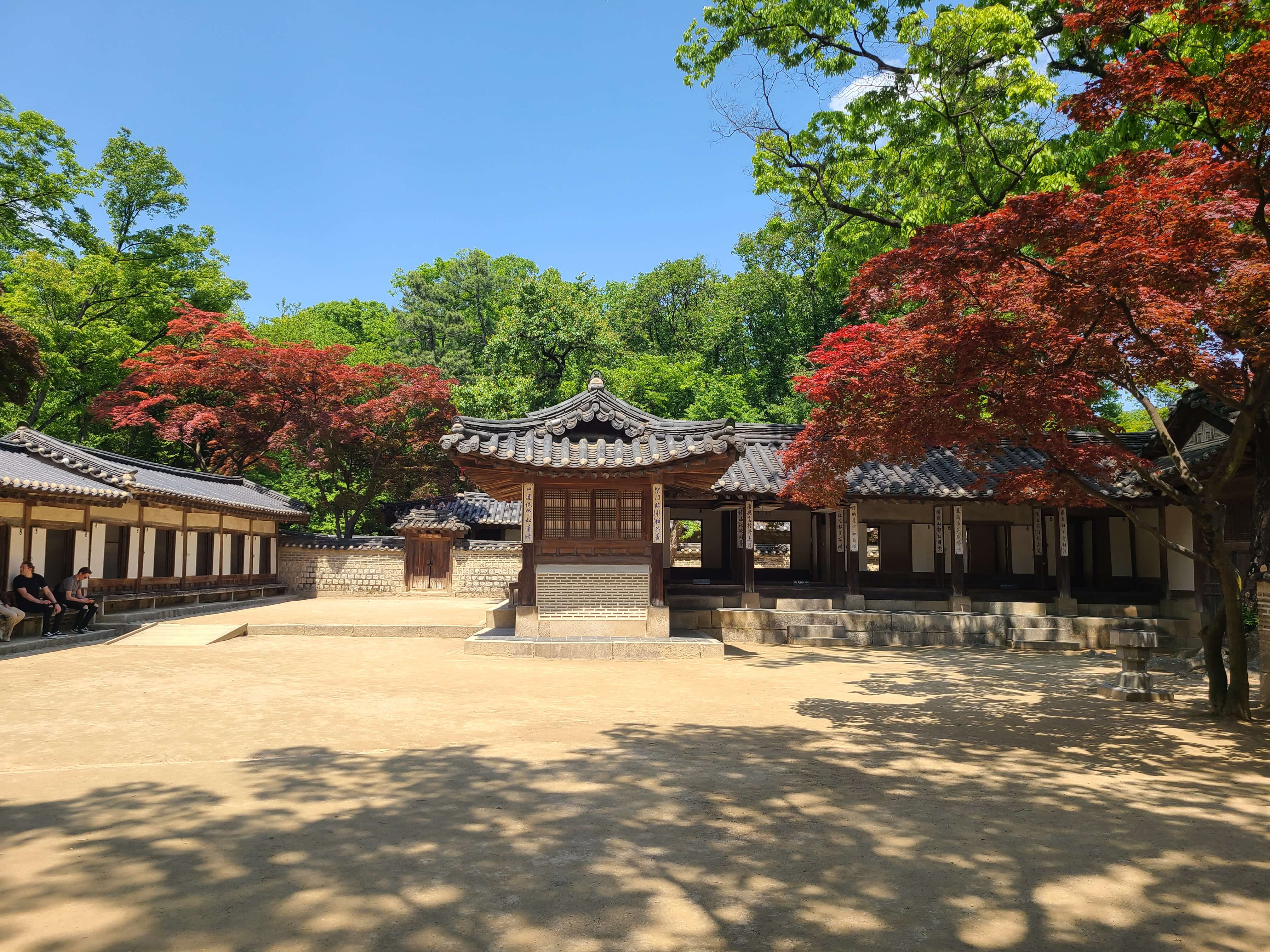
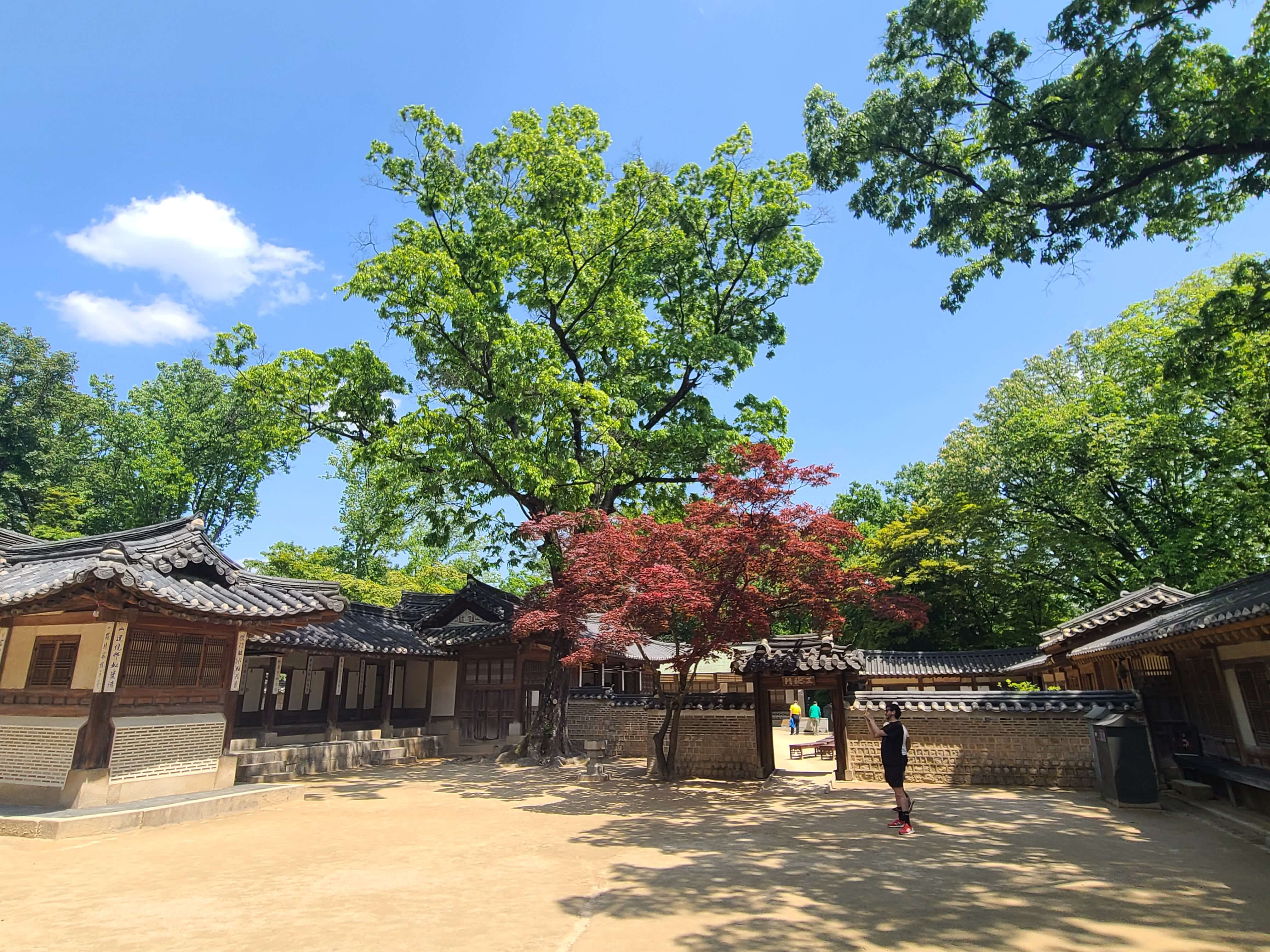
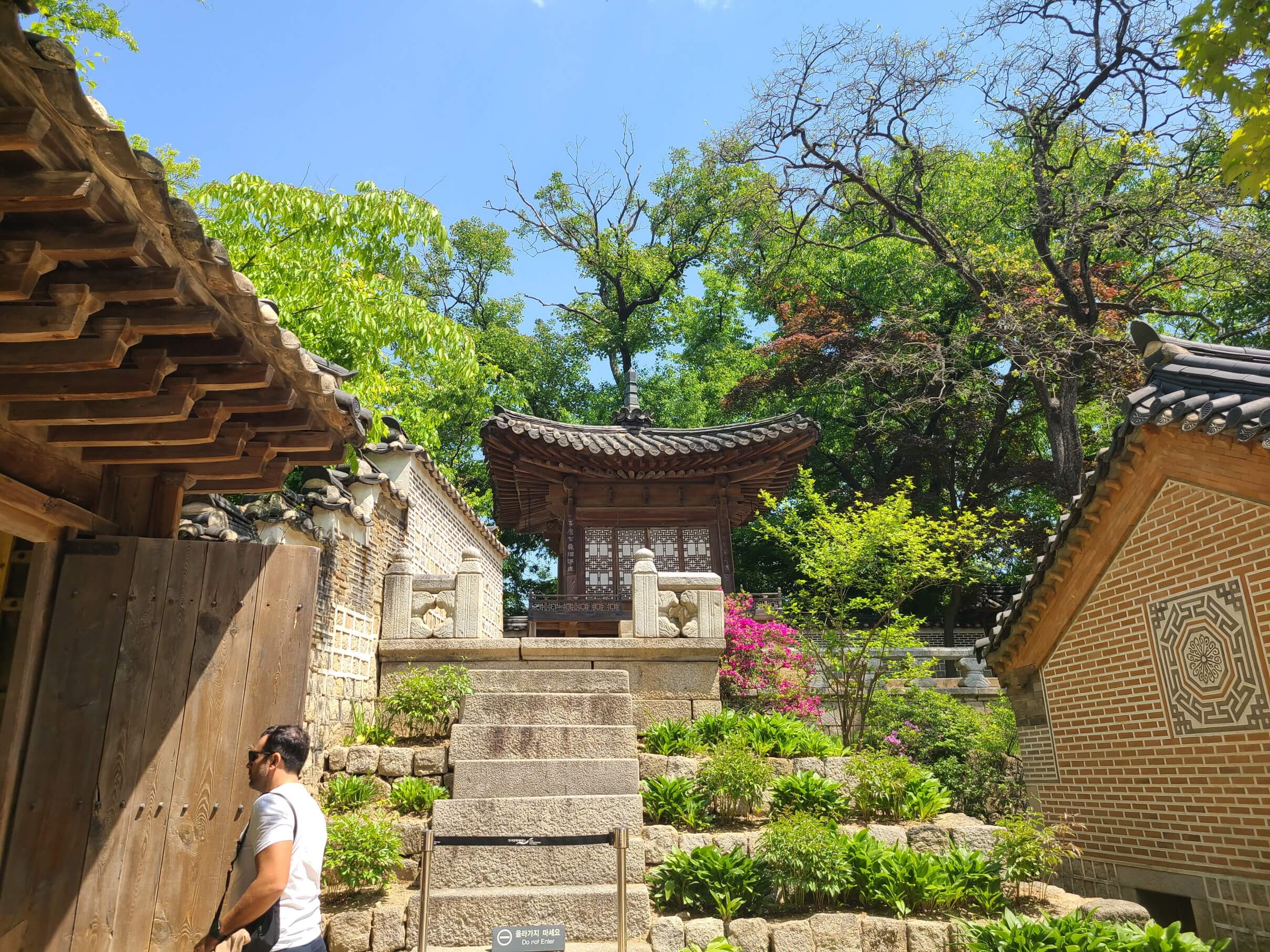
Final spot is “Bandoji Pond,” named for its resemblance to a peninsula, as depicted in the accompanying photo. The earliest documented reference to the pond dates back to 1907.
The term “guanram” translates to “observing the anchor line,” indicating that a guan is a pavilion constructed with the purpose of overseeing boat activities. It is widely believed that boats have been launched since the pavilion’s construction and the merging of the three ponds.
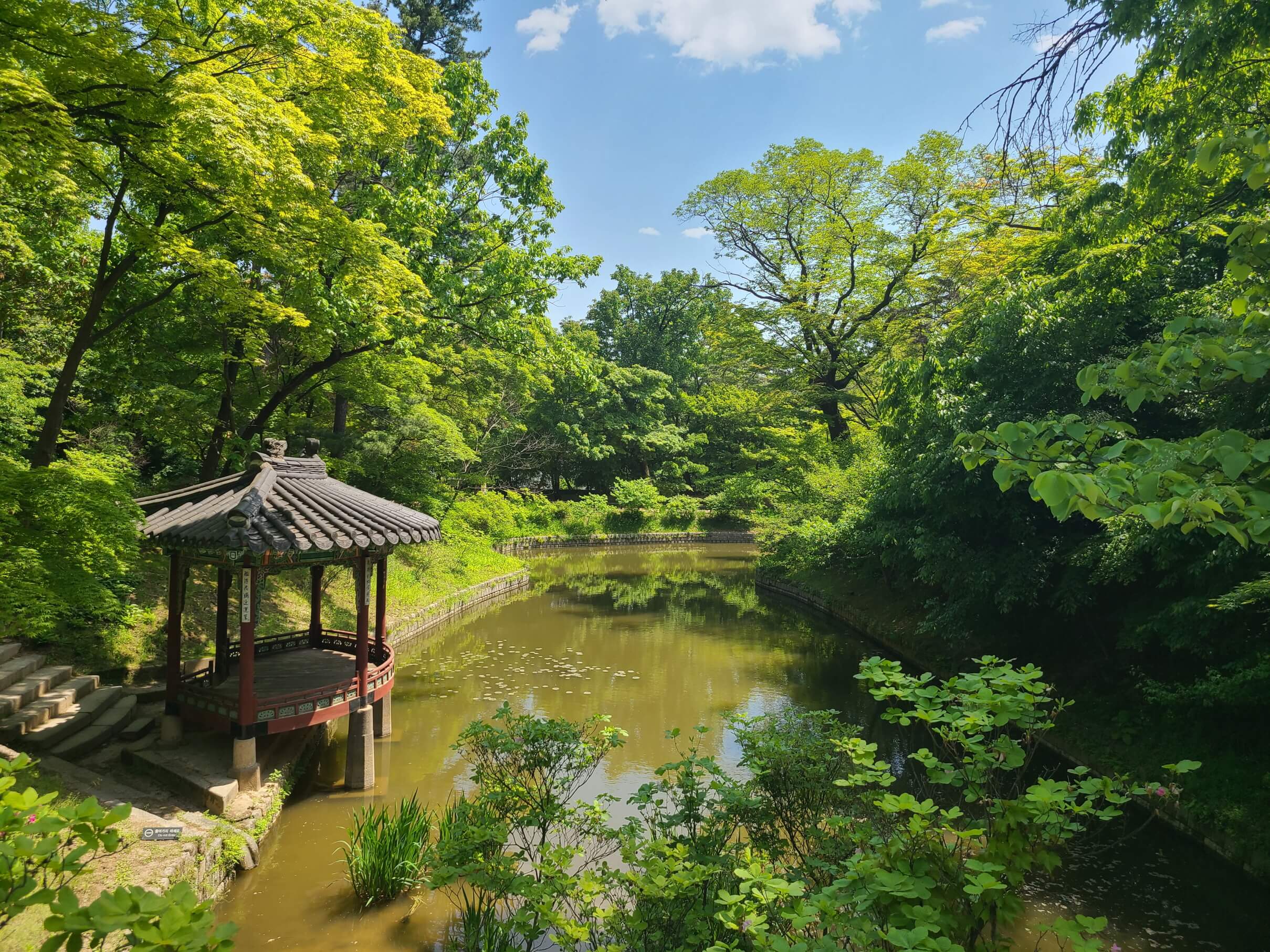
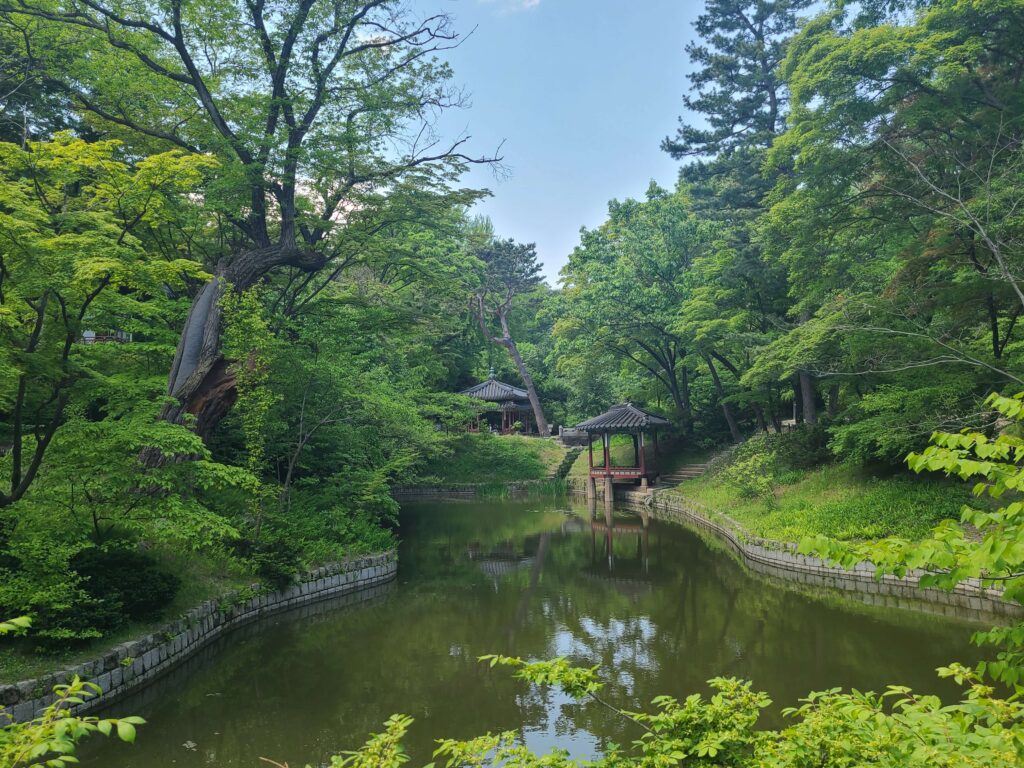
🔈 Operation Info.

About Me Hello, I am an ordinary office worker working for Seoul IT Company. I started because I wanted to record the steps I have taken while enjoying traveling during